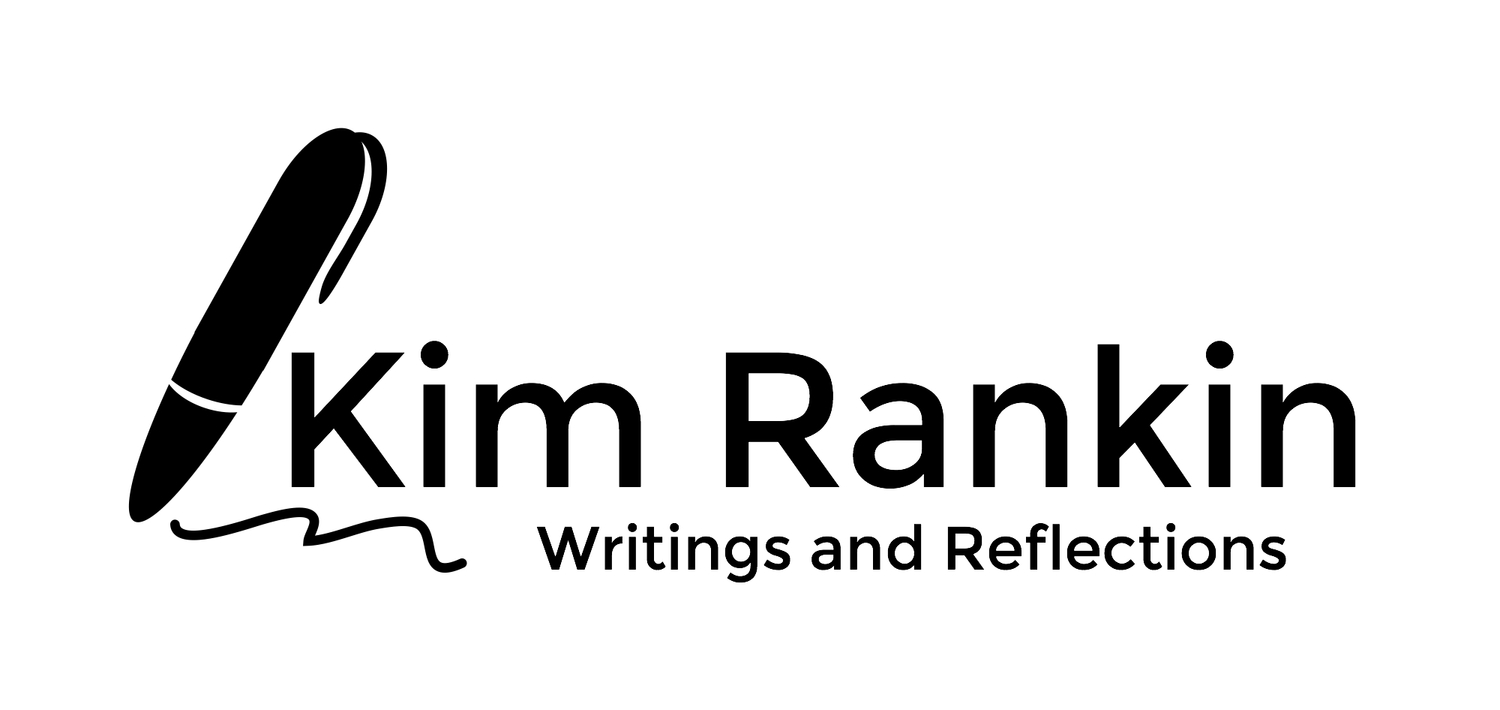Trach Care in Cowboy Country: Five Medical Items We Are Glad We Brought
The last seven years have taken us deep into the world of complex medical and special needs parenting. Meanwhile, our son who is a cowboy has worked seasonal ranch work in New Mexico, a couple years including sub zero winters in Montana, broke and trained colts in Wyoming, and returned to cowboy again in New Mexico. We’ve visited him less than a handful of times, typically just one parent at a time, because tracheostomy and cowboy worlds are distanced by more than miles.
Cowboys need cattle ranches, which tend toward rural and isolated locations with minimal local medical support. Nathaniel needed reliable medical intervention and the security of his team or a comparable children's hospital nearby. Doctors cautioned against taking Nathaniel west to see his brother in the past. Slowly the gap between our sons’ lives has decreased. We traveled to Texas last fall for the cowboy’s wedding. This spring, we felt ready for the challenge of rural ranch life with a trach.
For months prior to this week’s trip, Rich and I talked about how to manage Nathaniel’s medical needs in a remote location with minimal support. We worked with our private duty nurse, pulmonologist, and medical supply company to identify any new equipment we might need. The town we are closest to has a population of eight hundred, a Family Dollar, and limited supplies. The closest store like a Walmart is an hour away from the ranch. The closest medical supply company is almost three hours. We planned for self-sufficiency. We’ve been out west since last weekend, and we are noticing patterns in Nathaniel’s response to the altitude, dry air, and dust. We are using the items that we packed “just in case.” These five have been far more important than we thought they would be.
Finger Tip Pulse Oximeter:
Our son lives at about 6,000 ft. Nathaniel is doing fine when awake at this altitude. We’ve driven higher through mountain passes and spent some extended time between 9,000 - 10,000 feet on two different days. Nathaniel has experienced lower oxygen levels, increased respiration rate, and an elevated heart rate both times. The finger tip pulse oximeter allows us to take quick readings frequently. Nathaniel is connected to his normal pulse oximetry while sleeping.
Snowball fun in the high country.
Portable Oxygen Concentrator:
The symptoms Nathaniel has been experiencing at high altitudes when awake, he’s also had trouble with at 6,000 ft when asleep. A portable oxygen concentrator is new to us this trip and has been used daily. I am thankful for our hospital ICU experiences when Nathaniel was sick with respiratory illnesses. I learned through those times that even when Nathaniel’s oxygen saturation levels are just slightly low, giving him a little oxygen not only helps with that problem, but also lowers his respiratory and heart rates. The same has proved true while he is healthy out west.
Nathaniel and Rich throwing sticks in a mountain stream. Nathaniel is on oxygen
Water, G,-Tube Extension, and Syringe
Nathaniel has a higher daily water need than the average child. I think most trach kids do. Many days at home we still supplement his oral fluid intake with a little water by G-Tube. Add New Mexico altitude, dry air, and ranch dust, and managing Nathaniel’s water is vital to prevent a bigger problem. Rich and our sons have spent extensive time backpacking in the area we are visiting. We know about watching urine color and early signs of altitude sickness. But for Nathaniel, our gauge is a little different. In addition to those important signs, we are closely monitoring the thickness and stickiness of his trach secretions to determine how much additional water to give him. It has fluctuated daily based on his activity level and how much time we spend outdoors in general and in the mountains.
Rich giving a bolus of water while we ride along with the cowboy checking cattle.
Heated Night Time Humidity:
At home, Nathaniel sleeps about fifty percent of the night with heated humidity given directly to his tracheostomy tube. He frequently takes the tubing off mid-night and prefers his daytime heat moisture exchanger (HME) until morning. We considered not bringing the humidity equipment and just using the HME. I am glad we didn’t go that route. Nathaniel has not only preferred to stay connected to his humidity machine, he has needed extra trach suctioning and saline at night to help with dryness. My cowboy son says everyone here gets extra “mountain boogers.” The heated humidity is keeping the mountain trach boogers in check.
Kicking up dust in the stalls.
AAC Device:
Nathaniel’s communication device was not a “just in case” piece of equipment. But I am again amazed how critical it is to have communication options when life is not routine. His device has offered opportunity for positive interactions with family and the ability to process what is happening. He’s let us know when he’s tired, mad, and happy. He’s requested and commented. He’s been creative with vocabulary and in letting us know what new west related words he would like added. I can’t imagine taking him on such a big new experience with no way for him to talk about it all.
Nathaniel walking to the creek near the barns with his sister-in-law’s pet pig.
Half-way through the trip, we are delighted how it is going and how Nathaniel is doing from a health perspective. The advance planning for his needs has allowed us to have quality time with our son and his wife. Our time is going to end too soon. We are already making mental lists of things we want to do next time. What a wonderful thought… bringing these two boys’ lives together again.










